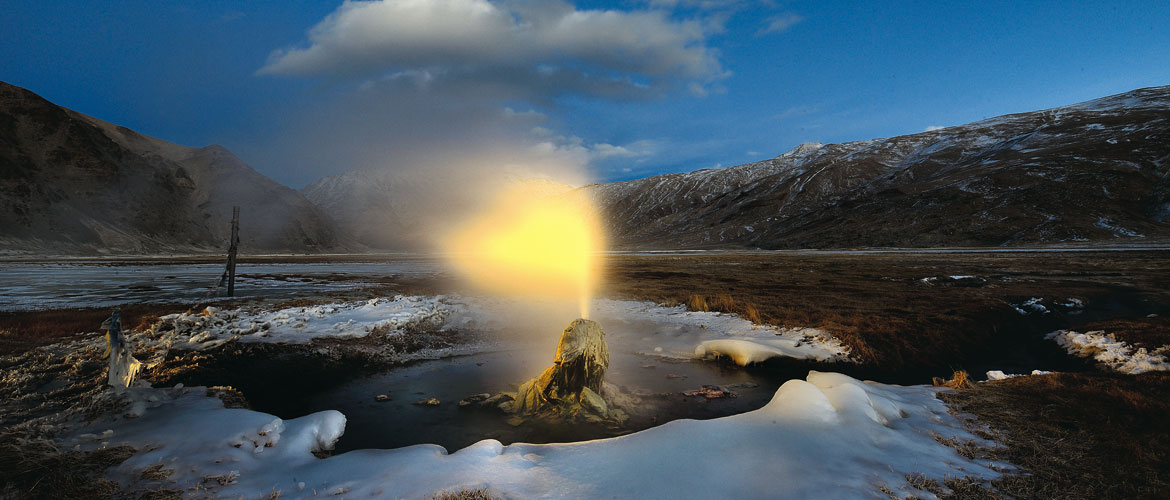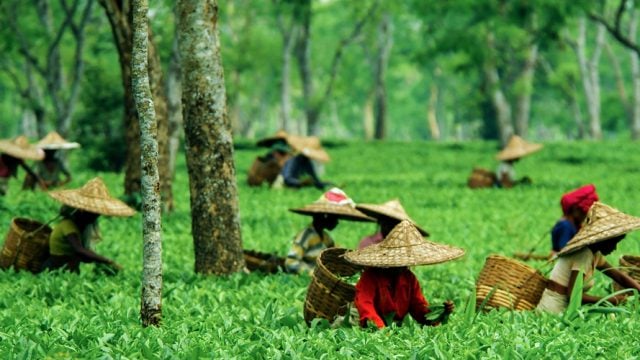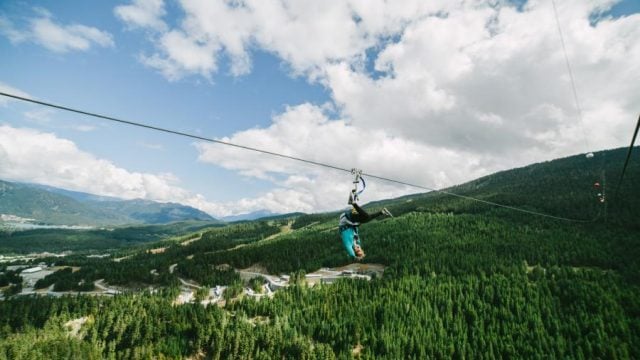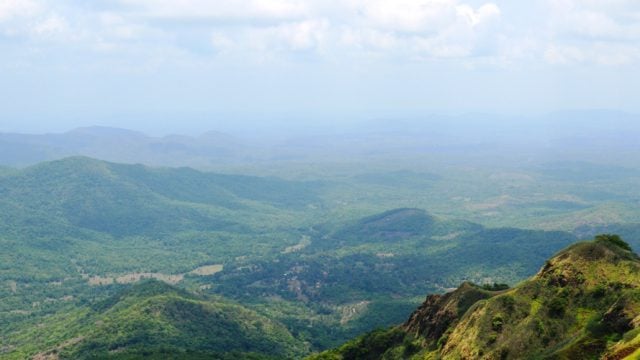The bladder works in mysterious ways. There are times when it stoically holds out (or in) through
Those tantrums—difficult to ignore even when the temperature is -29°C, it’s 8pm on a half-moon night, and you’re snug in your sleeping bag—cease to matter once your head-torch shines into the soulful eyes of a wolf as you unzip the tent flap to let your bladder have its way.
That happened in January 2013, and while the wolf respected my privacy, the furtive glances I kept casting around during my most vulnerable minutes opened my eyes to a whole new world on the high-altitude desert—its long winter nights.
Ever since 2006, when I took my first tentative steps into the Changthang in winter, I followed the Changpas’ code of survival—leaving camp only after sunrise and retreating into the safety of a tent or rebo (the yak-hair tent of the Changpas) much before twilight set in. Given the fecundity of the daytime landscapes of winter, and, of course, the psychological warmth of the shining sun, I never questioned the Changpas’ wisdom. I still don’t, but the bladder’s gift came at a time when I was looking for ways to continue my 16-year-long tryst with Ladakh. I was running out of lakes to document, and my overland forays into the Zanskar were completely at the mercy of the weather.
And what little I have managed to see of those 12 hours of darkness has convinced me that bracing for even more cold and taking a few calculated risks is small price for the rewards on offer. Most people would call this an excuse, and I have no problems with that. The camera is indeed a great excuse for travel; travel a great excuse to justify the purchase of that camera. And Ladakh the best excuse for both.
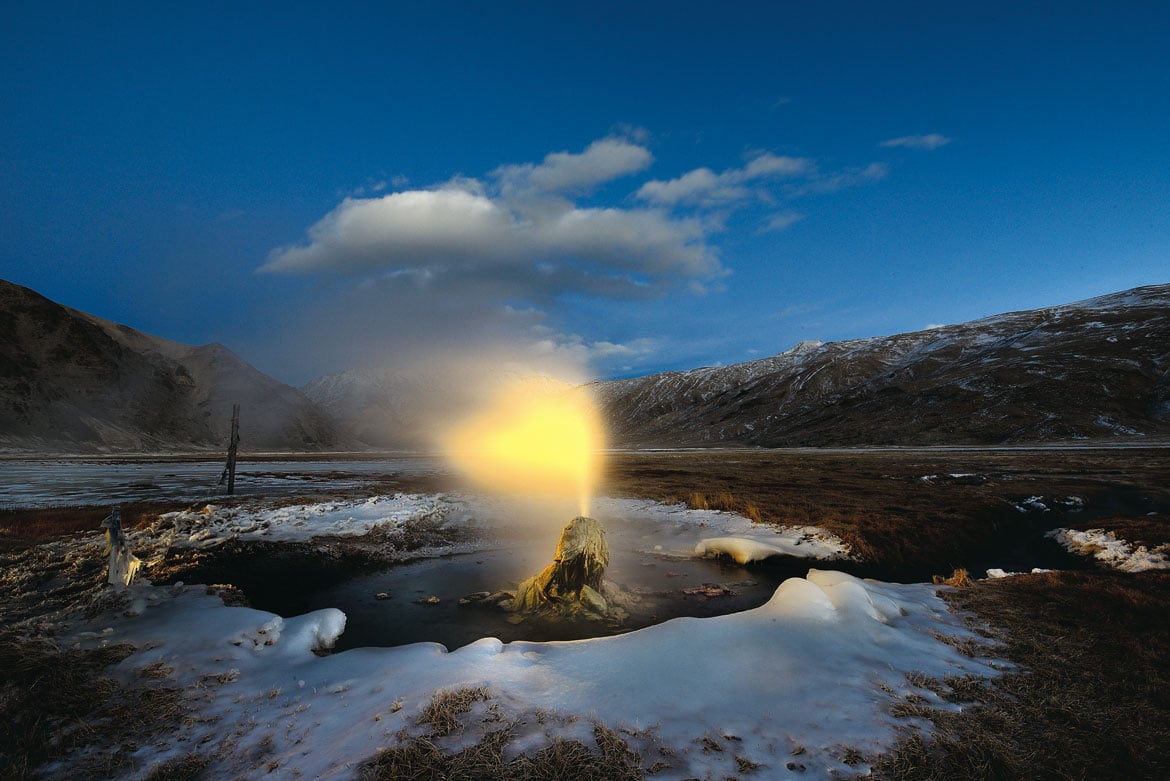
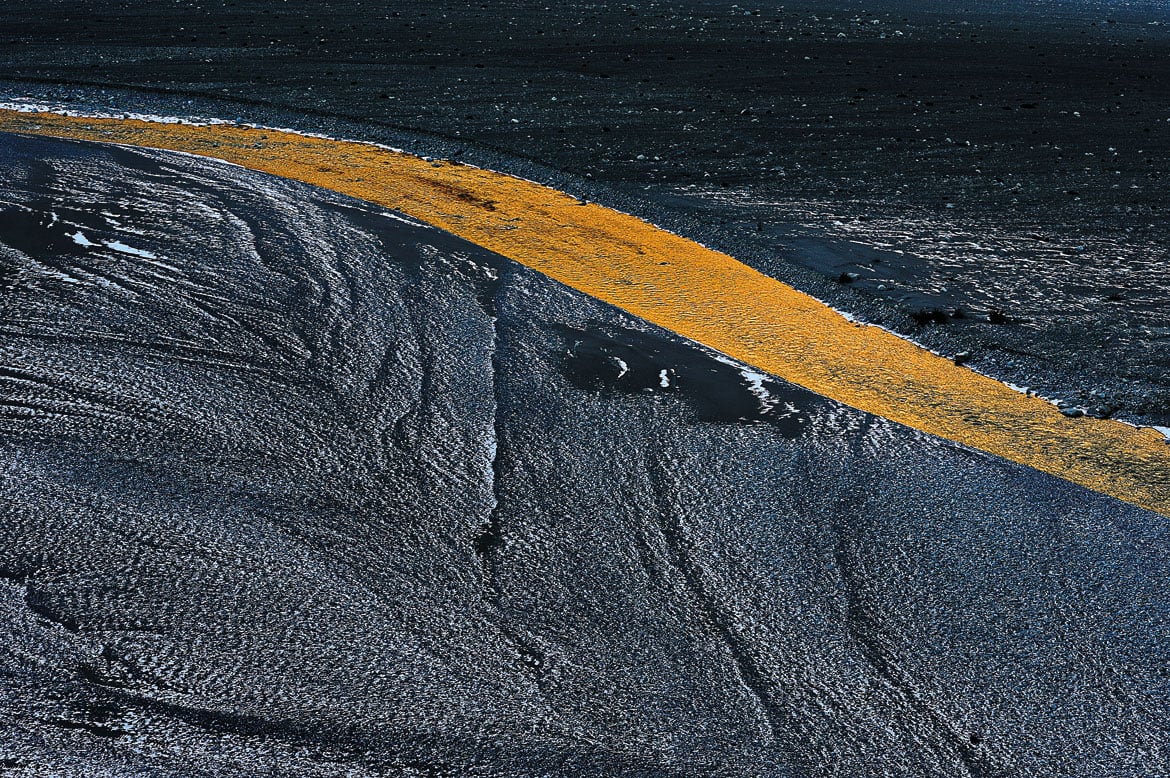
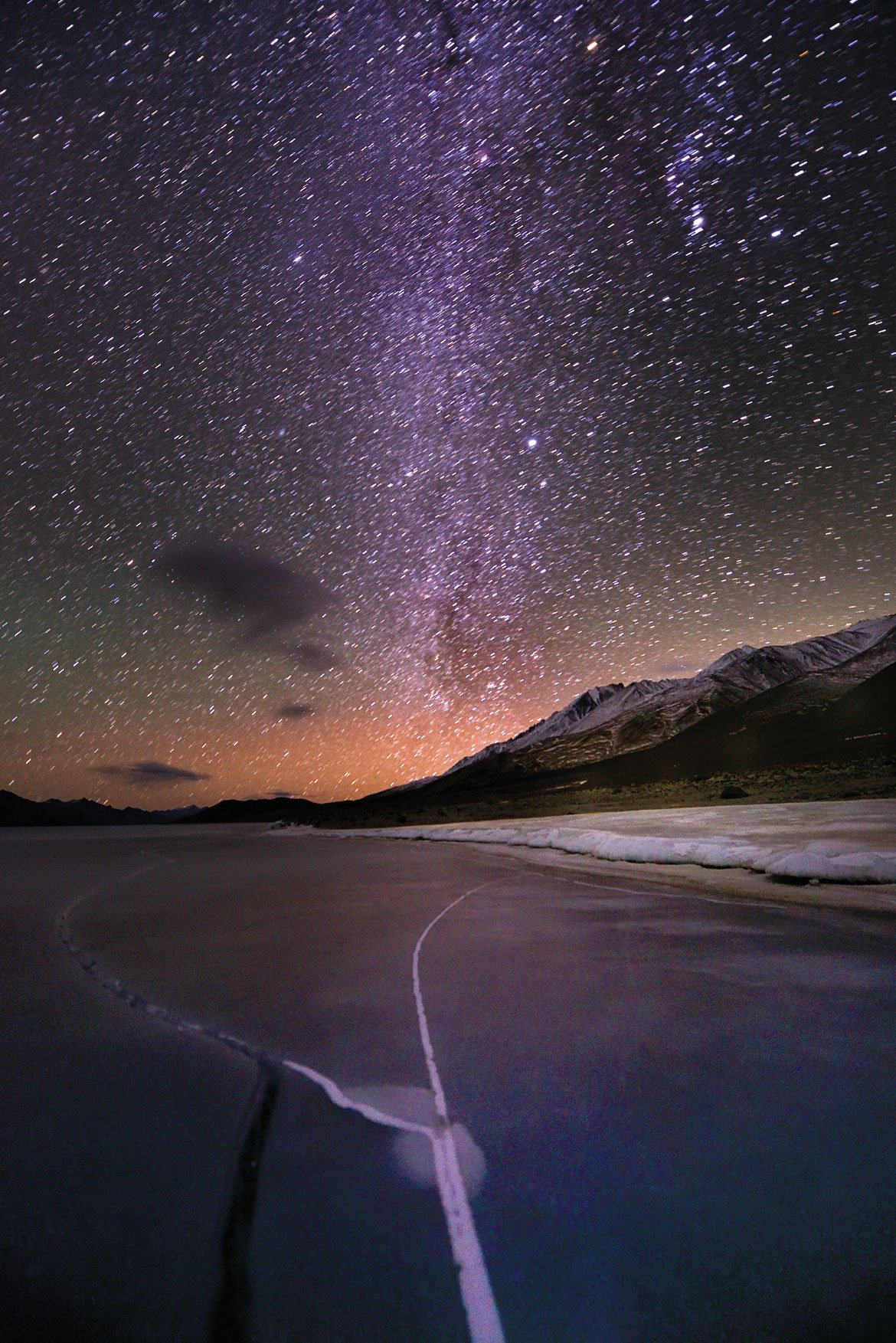
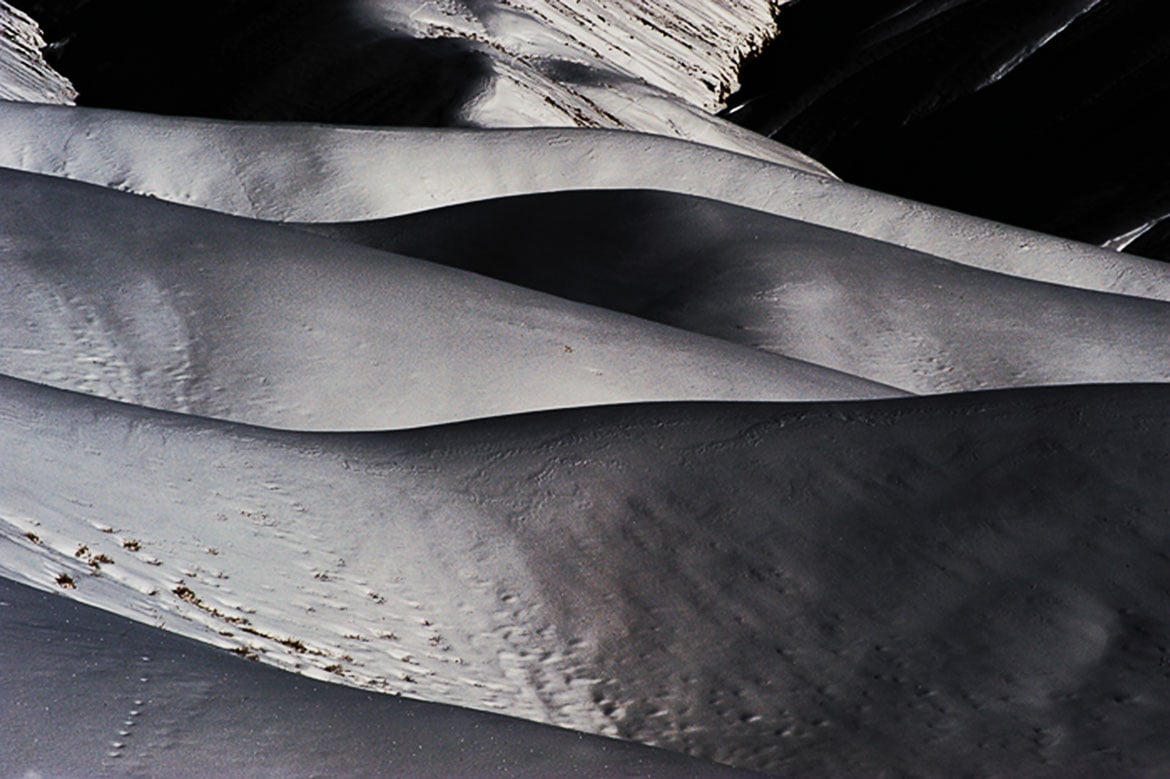

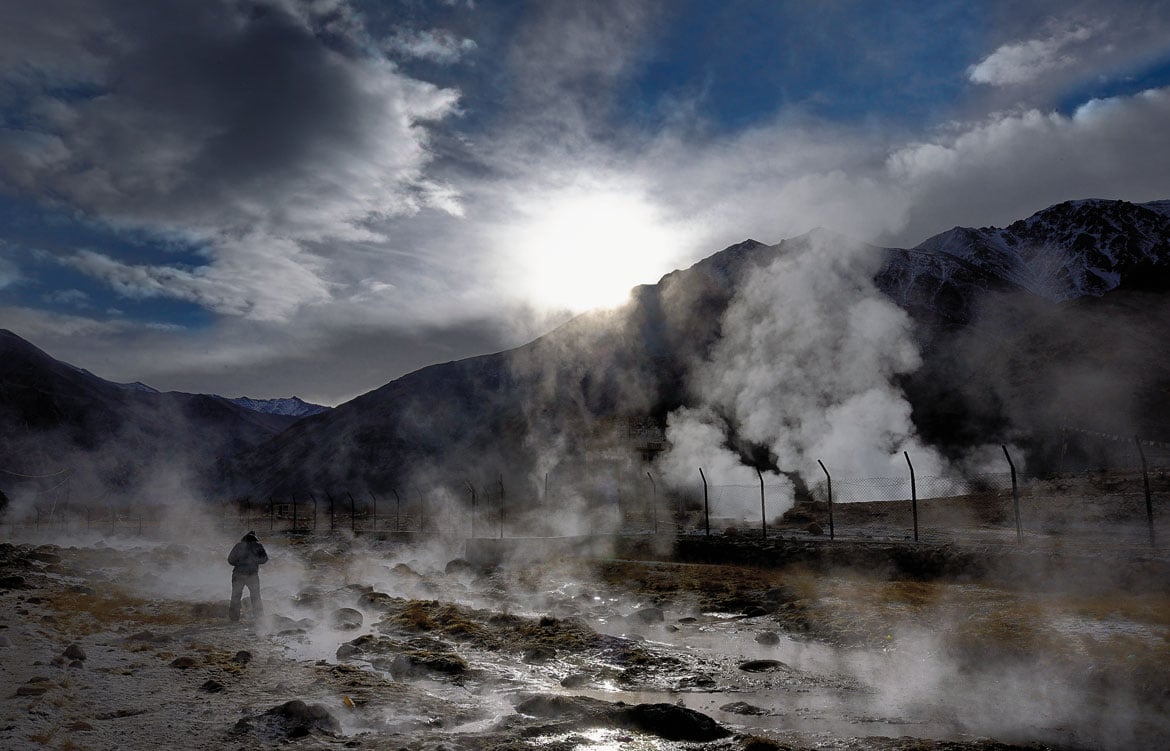
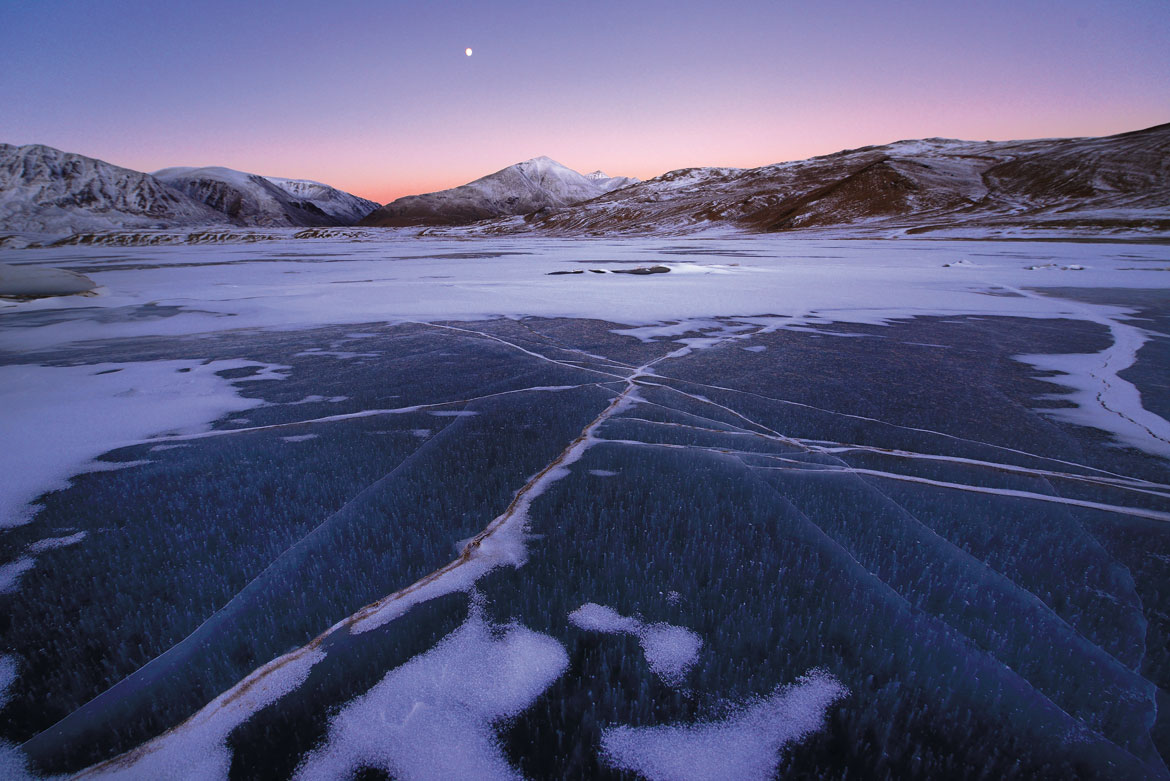
Changthang Plateau
Chiktan
Chumathang


